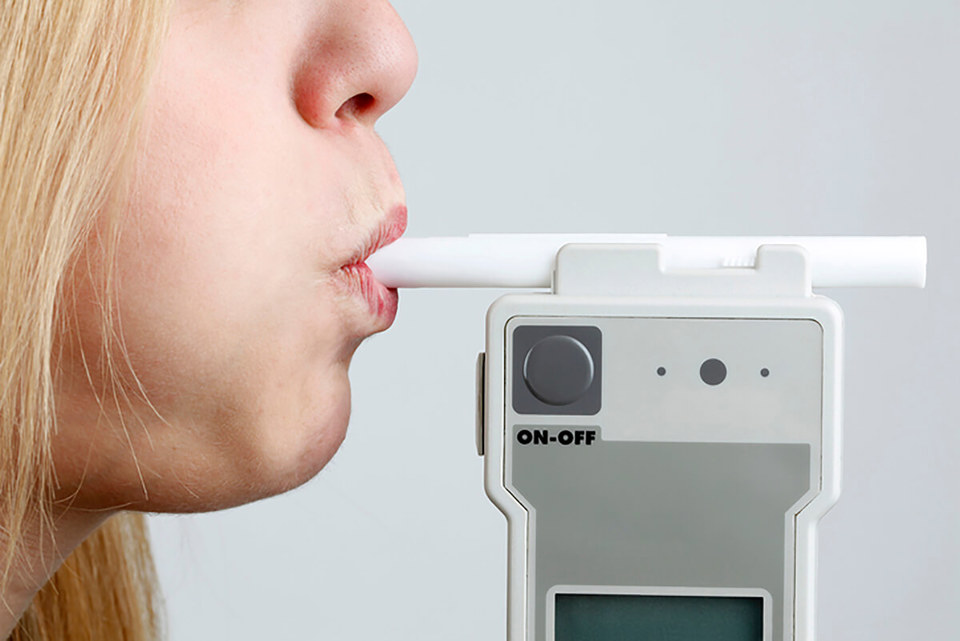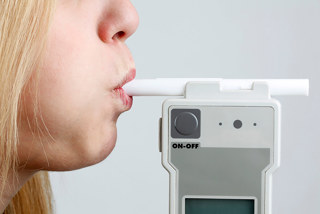The RAC is calling on the Government to reduce the legal blood-alcohol limit in England and Wales after a majority of drivers back a change in the law.
While the 80mg (milligrams) of alcohol per 100ml (millilitres) of blood limit has been in place since a legal maximum was introduced, Scotland took the decision to cut to 50mg in December 2014 and Northern Ireland is in the process of doing the same.
England and Wales are not only lagging behind their neighbours, says the RAC, but are also out of kilter with the rest of Europe where, with few exceptions, 50mg per 100ml is the legal limit.
On questioning 1,727 motorists over the issue of whether the limit should be lowered, research for the 2017 Report on Motoring found six in 10 (59%) supported a reduction in England and Wales. Of those, 38% said they would like to see the drink-drive limit reduced to 50mg across the whole of the UK while 21% would prefer it to go lower still to 20mg.
From a list of 23 common motoring concerns cited in the research, drivers under the influence of drink was ranked as the joint fifth biggest worry. In addition, almost a quarter (24%) of motorists surveyed listed drivers under the influence of drink as one of their top-four concerns.
Motorists’ fears appeared to be well justified as Government statistics for Britain show there has been little change in the number of casualties from reported road accidents between 2012 and 2016 where one of the drivers or riders was impaired by alcohol.
In both years 143 people lost their lives in such accidents, and very similar numbers did so in the years in between.
While reported road casualty data from Transport Scotland show accidents involving alcohol were actually higher in 2015 than 2014, new statistics are due to published later this month which should enable a more accurate analysis of the impact of the legal limit reduction.
Data from Police Scotland, however, shows that in the nine months after the new limit was introduced in December 2014the number of drink-driving offences fell by 12.5% compared with the same period the previous year, with the total number of offences dropping from 4,208 to 3,682.
RAC road safety spokesman Pete Williams said: “Motorists are overwhelmingly in favour of reducing the current drink-drive limit in England and Wales to no more than 50mg as Scotland has already done and Northern Ireland is doing.
“Fifty years after the drink-drive limit became law, it is time for the Government to move with the times and fall in line with the large sway of other countries which enforce a 50mg of alcohol per 100ml of blood limit with the aim of cutting the number of accidents that occur due to drivers being under the influence of alcohol.
“The benefits of the lower limit in Scotland picture will be clearer when the 2016 reported road casualty data is published later this month, but should a drop in drink-related accidents at the wheel be seen then, this should be evidence enough to trigger a change in the law.
“And, even if it doesn’t, can we really afford not to follow the majority who operate a 50mg limit if there is even the slightest chance that it will lead to fewer lives being lost or ruined?”






















Winston - 09/10/2017 10:55
There cannot be any justification for rejecting the call to reduce the limit from 85 to 50 (as a first step to further reductions). Of course,it will make no difference to the hard core drinkers who know what they're doing but do not wish to change their habits, but it would surely have a positive impact on the majority of social drinkers who insist on drinking alcohol, even when they know they will be driving that evening or early next day. The message to promote remains the same though. There is no such thing as a "safe limit" - If you're going to drive, don't drink!. How hard can it be?